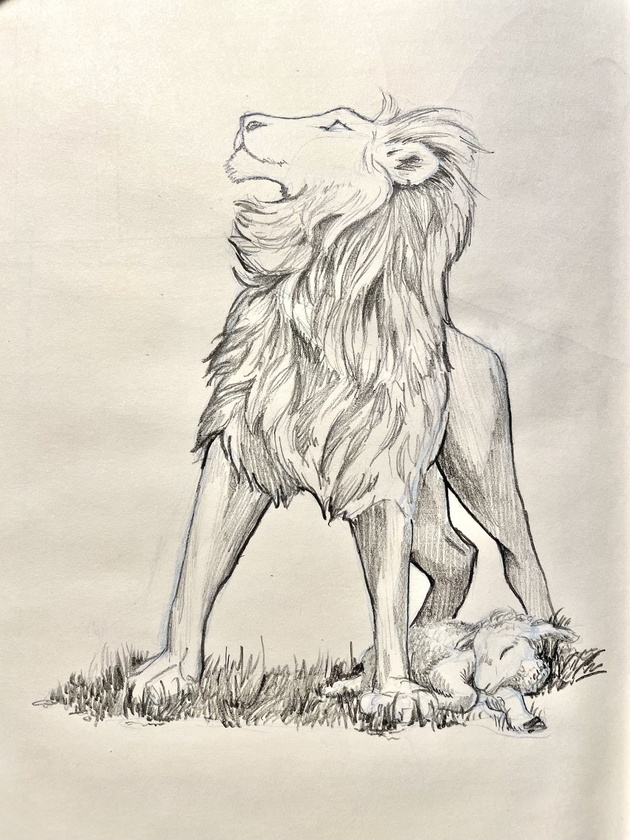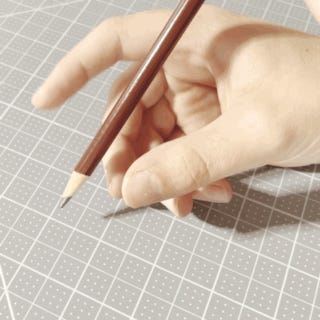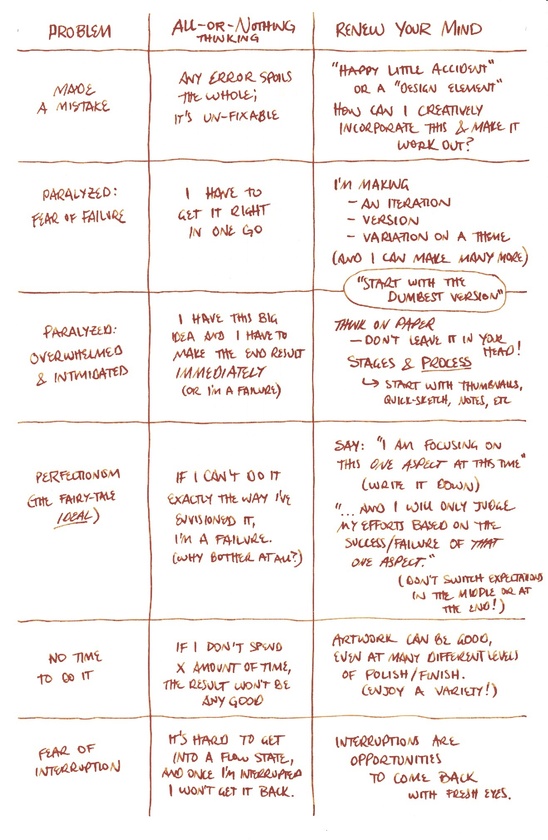Hello and welcome to the Homeschool Art Course!
Drawing is one of the most human of activities. Children do it at a young age without inhibition; so should you!
The enjoyment of the activity of drawing has been stolen from many by the myth of talent. Let me assure you: You do not have to have talent to learn the skills of drawing. And you do not even have to be good at it in order to enjoy doing it! Drawing is a rewarding pastime in itself.
Drawing:
gives you something to do off of electronic devices and social media.
is a companionable way to enjoy time with friends and family.
develops your ability to focus for extended periods of time.
increases motor control and dexterity.
builds confidence.
creates a wonderful record of your life.
With all these benefits—Don’t hesitate and don’t wait to get started!
What You Need:
You do not need any special tools or materials to get started drawing. If you have:
something to draw with (a regular pencil, mechanical pencil, ballpoint pen…)
and something to draw on (copier paper, notebook paper, graph paper…)
…then you are ready to go!
The Seven Principles
I follow a few key principles in my self-taught art studies that make my lessons great for beginners of all ages and abilities who want to follow along:
Drawing is a SKILL, not a talent. Skills can be learned. Talent may smooth the way, but hard work reigns supreme.
It’s best to learn each skill in isolation. Learn small, get big results.
You can’t judge your work if you don’t know what you were trying to do. (As they say, the unaimed arrow never misses.) Before beginning, always have a clear goal—and afterward, only judge your results based on what you set out to do.
The best lessons are micro-masteries: small, repeatable tasks that are inherently satisfying to do, and impressive enough to motivate continued exploration.
Memorization and formulae are the imaginative artist’s best friend. The less you have to invent from scratch in each drawing, the more creative you can be.
Good draftsmanship is good communication. You can not “express yourself” until you have learned the language, grammar, and vocabulary of the visual language that is Art. Don’t put the cart before the horse: learn the skills, then apply them to make effective visual statements.
Intentional practice over short intervals is more valuable than long, haphazard efforts. Even just 2 minutes a day of intentional practice will improve your skills.
A Pep Talk Before Beginning…
Many people, especially adults, have a fear of failure that keeps them from getting started. That is why my Principle #1 is that Drawing is a Skill that Can Be Taught.
Do you expect someone who has never played violin to pick it up and play Bach? Do you think someone who has never played basketball, maybe never even watched a game, would be able to pick up the ball and play like Michael Jordan?
Of course not!
Why do we treat drawing differently? It is not any different. So give yourself some grace, and the room to grow. Or in other words, accept “failures” and “bad drawings” as part of the learning process—not as a statement about you or your abilities.
Some things to bear in mind:
Every drawing is really just squiggles on a piece of paper. Its value comes from you attributing it value. So don’t blow it out of proportion.
It’s okay not to like a drawing. Most professional artists can tell you something that they don’t like or would change about even their best works. The secret is: Don’t take it personally.
Not taking it personally means separating yourself from your artwork. Over-identifying with your work is a major problem and will hold you back.
A “bad” drawing may not really be bad. Very often it’s just not what you intended. And that’s what learning to draw is all about: How do I get the results I want?
So don’t label your drawings “bad” or “failures.” Call them iterations. Each one is only a version; the next version is a chance to learn from the past ones.
Approach learning like doing experiments. “Oh—that didn’t work out. Maybe if I try this—?” And give it a go.
Learn to look at your work with some objectivity by asking yourself, “Why don’t I like this?” or “What don’t I like about it?” (If you don’t know, that’s okay. Part of learning is finding out the answers to “What do I like?” and “What don’t I like?”)
Drawings are virtually never done right the first time. The idea that you should get it right in one go is a perfectionistic urge that should be abandoned. Have a work ethic about it instead: I’m going to keep at it until I figure out a way to make it work, or until I like it.
What do I draw?
To get started, it really doesn’t matter what you draw—the hard part is just starting to put marks on a page. If you start with stick figures, and do those every day this week, even for just two minutes a day, that’s a wonderful place to begin. Drawing circles, boxes, and cylinders is another great, low-key way of beginning.
Showing up and making marks is the best way to begin. Even if it’s late and you’re exhausted and all you can manage to do is a random little squiggle…do it.
When the next lesson comes out (every Monday), join in! If you start today with doodles, you’ll be ahead of the game because you’ll already have a start on your amazing drawing habit.
Remember: The person who loves walking will go farther than the person who loves the destination. The person who enjoys the process of drawing will draw more than someone who is only there for the outcome.
When you are drawing, even when it’s a doodle or a squiggle, make the conscious decision to enjoy doing it. Think of a toddler or small child: They are working from the sheer enjoyment of just making marks, feeling a crayon running across the paper, and being delighted by the pop of color that appears under their touch.
Studies have shown that your emotional response to an activity plays a major role in forming habits. If you feel good when you’re drawing, you’re more likely to want to draw again. So do all you can to make the experience enjoyable, and just decide that it is so.
There’s no faster way to get better at drawing than to practice—so we may as well enjoy the process.
As the Golden Age illustrator Andrew Loomis puts it in his book Fun With a Pencil,
“Most folks love to draw even when they know little about it. ... Because it's so much fun, and so easy, it's a shame not to be able to do it better.”
So let’s get started!
Happy drawing,
—Mallory


















